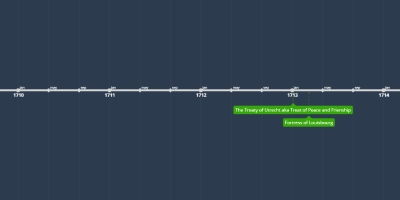7 janv. 1815 - Changing Populations
Description:
The British government wanted former soldiers from the War of 1812 to settle in the colonies and were given land grants. They were also given transportation to Canada, supplies, and food. Black Loyalists who fought in the War of 1812 were also given land grants. However, when they tried to claim the rewards for their services, the often faced discrimination.In addition to former soldiers, thousands of people moved to Canada after 1815. This caused a huge population boom. Between 1815 and 1840, the population in Upper Canada grew from 100,000 to over 400,000. Lower Canada experienced a similar population growth. Most people came from England, Ireland, Scotland, and Wales. The British government saw Canada as a way to rid Britain of poverty and overcrowding that was the result of the Industrial Revolution. Potential immigrants saw Canada as a way to get ahead economically and socially.
By 1840, the population boom was affecting the population make up in Lower Canada. In Montreal, the increase in British immigrants meant that less than half of Montreal's population was now made up of Canadiens.
The increase in population meant that more people were clearing new land. The population boom resulted in rapid economic growth. In particular, the timber and wheat industries were very successful. The Industrial Revolution eventually reached Canada. The influence of the Industrial Revolution can also be seen in the construction of Canada's first public railway in 1836.
First Nations peoples continued to struggle after the War of 1812. By 1815, they were outnumbered 10 to 1. Much of their land had been taken for the new immigrant settlements.
Ajouté au bande de temps:
Date:
7 janv. 1815
Maintenaint
~ Il y a 210 ans
